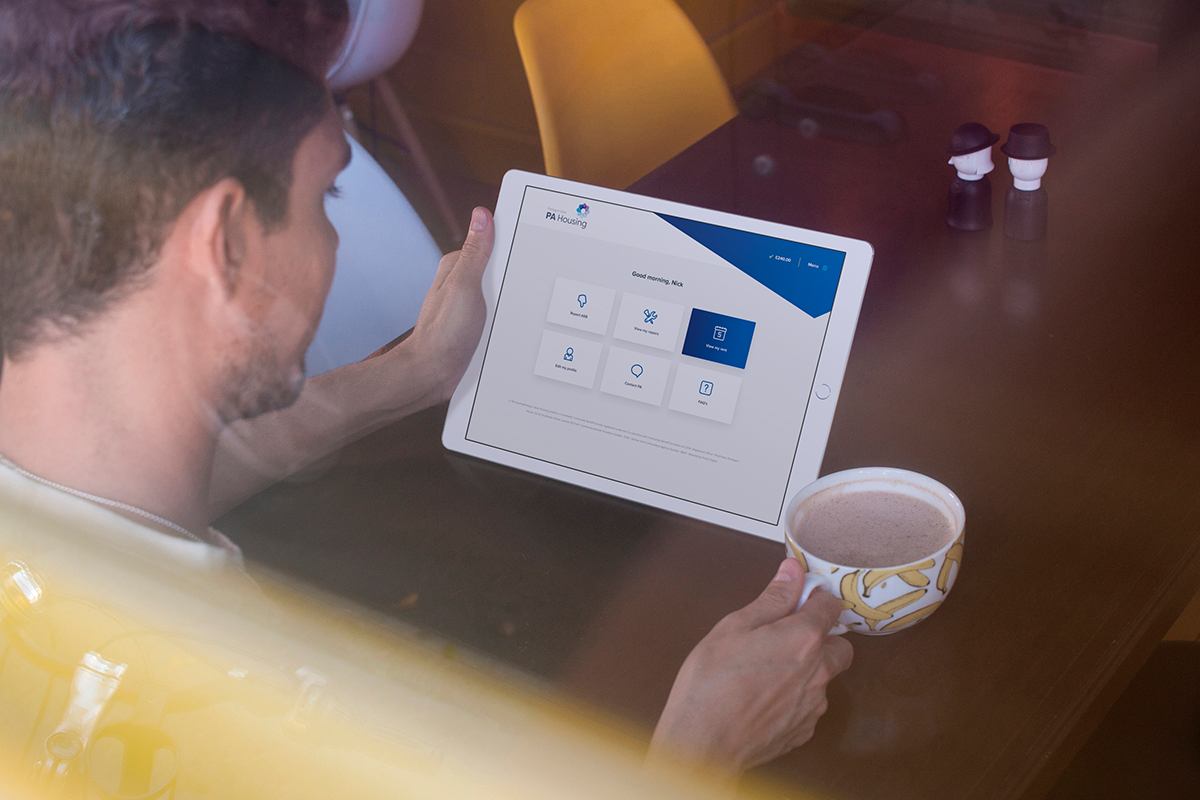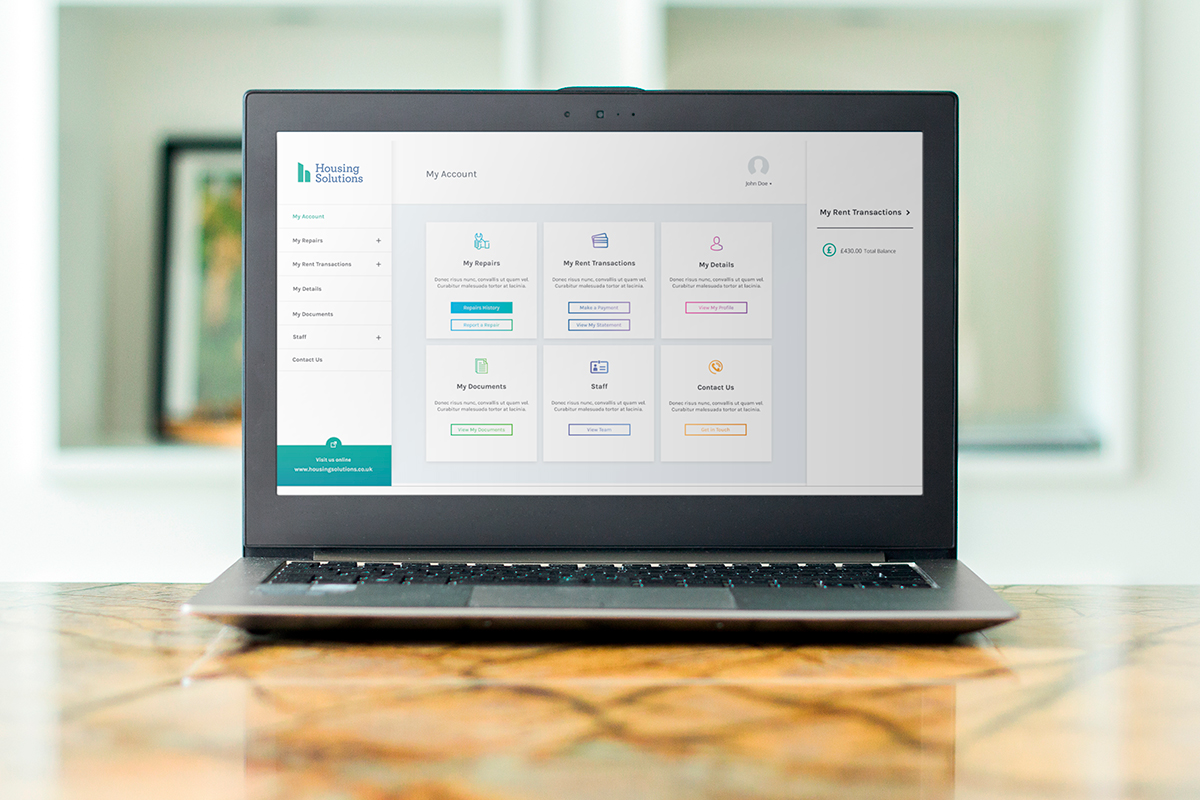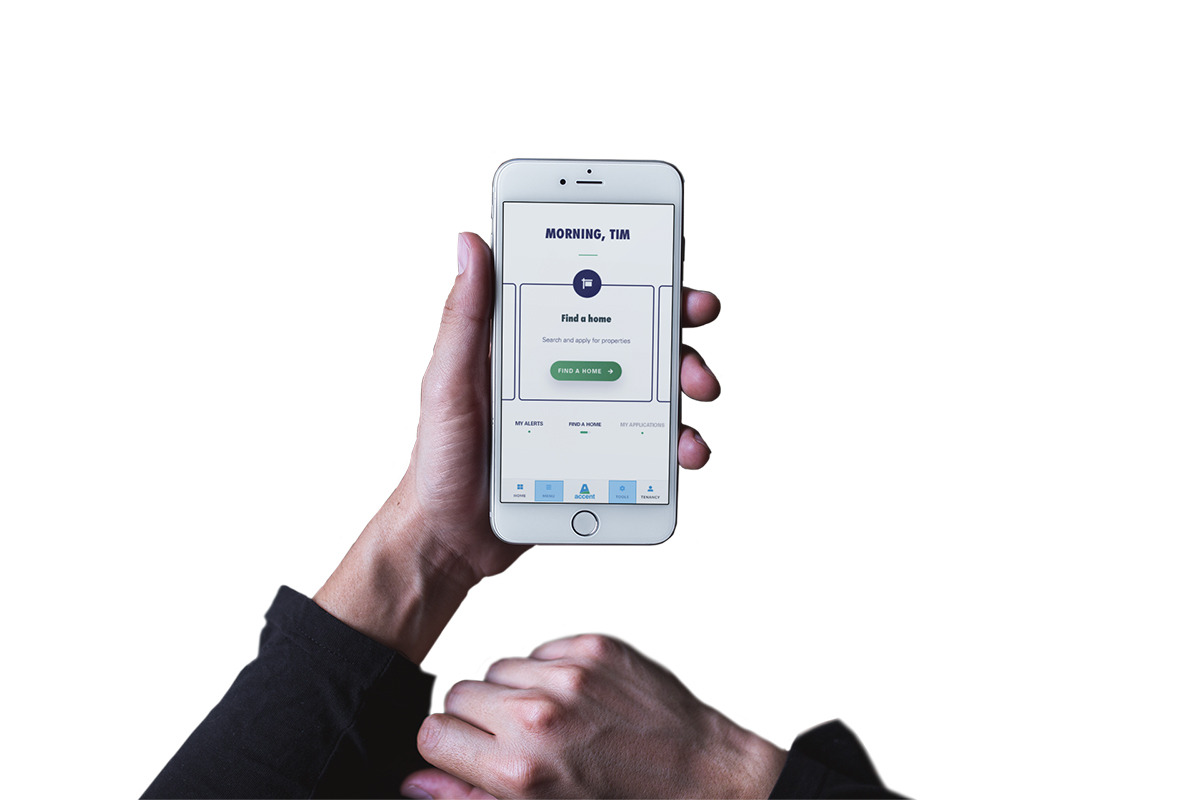How successful have digital solutions been for housing associations?
Three housing associations replaced their self-service facilities with easy-to-use portals and found customers were quick to sign up
Article written in association with:

PA HOUSING
My PA
Previous system launched: 2014
Portal launched: 2017
Registered customers: 40%
Since June 2017, PA Housing has operated a customer self-service portal and website through Prodo, although it first developed self-service functionality back in 2014.
Tenants who register with the site can view and manage information about their account and agreement, make payments, book and track repairs, and more. Currently, around 9,000 tenants are registered to use the portal – about 40% of the housing association’s total customer base. “We don’t force people to use it; it is very much a digital-by-choice ethos that we have gone for,” says Dan Moraga, project manager at PA Housing.
He highlights that one of the difficulties of evaluating how much tenants are using self-service rather than traditional channels is it is often not a case of either/or.
“What we have found is one doesn’t fully replace the other – there is a complex relationship between the two,” he explains.
Nevertheless, feedback is positive. Mr Moraga estimates that since the portal was revamped earlier this year, customer satisfaction with repairs has been above 90%. Contractors have also reported a 17% increase in first-time fixes and fewer ‘no access’ reports.
What, then, is the key to making self-service ‘stick’ in this way?
“Spend a lot of time on the user experience. What you build needs to be good – it needs to be easy and convenient so any customer can just pick it up. That needs to involve the full back-office processes, too, not just the buttons you click on the screen,” advises Mr Moraga.
“Secondly, it is about the engagement. One of the big lessons we learned very quickly was that while we did a lot of great communication and sending information out to customers, engagement days, and showing them how to use it, we did not spend enough time initially with staff.
“So, make sure you take your colleagues, your staff, with you. You want all of them to be kept up to date about what the service does, what it doesn’t do – which is just as important – how to access it, who is on hand to help if there is a problem, where there is training and support, and so on.
“If you build a decent product, tell people how to use it, get the message out there and make sure there is quick support if there is a problem. That, I would suggest, is the ideal recipe for self-service success.”
HOUSING SOLUTIONS
My Housing Solutions Portal
Previous system launched: 2009
Portal launched: 2015
Registered customers: 25%
Housing association Housing Solutions has been something of a pioneer of self-service, launching a customer self-service portal in 2009, which Rich Harvey, head of IT, argues made it the first in the sector to offer real-time appointment bookings without the need for back-office intervention.
In 2015, it brought together various different software elements into a single dashboard, with Prodo developing a portal. Tenants can now access and manage their account and agreement information, book and schedule repairs, make payments, and so on.
Currently, around 1,500 customers are signed up – about a quarter of the customer base. Mr Harvey agrees there is potential to improve on this, but argues the direction of travel is definitely going in the right way.
At the time of the relaunch, for example, the existing site had managed take-up of 1,200 customers over six years. “We required customers to sign up again when we moved over to Prodo. Given that, we have already beaten our previous targets in that time period,” Mr Harvey says.
There are elements in the system that provide “nudges” to encourage customers to transact and communicate online. “For example, if you’re booking a repair and want the first call-out slot of 8am to 10am, that has to be done online,” he points out.
“That was one thing we put in place to shift people into that mindset – if you want that slot you need to book it online. However, we do also have flags on our system and our contact centre agents are trained so that if someone is displaying a range of vulnerable codes then, obviously, we make exceptions,” he adds.
For Mr Harvey, the key to a sustainable shift in channel is clearly communicating the benefits to customers and tenants – and then making accessing and using the system as straightforward and intuitive as possible.
“It is selling it to the customer – what are they going to gain from doing this online? In simple terms, our customers can access our services whenever they want. It is also often quicker for them to do things online than calling into the contact centre,” he says.
Mr Harvey concludes: “We recognise that people are time-poor so we want to make sure our services are convenient and will fit real-life needs.”
ACCENT GROUP
MyAccount/Let’s Move
Previous system launched: 2012
Portal launched: 2018
Registered customers: 26%
When Accent Group launched its MyAccount self-service portal (developed with Prodo) in July last year, it was the culmination of a process that used a customer focus group to develop, test and troubleshoot the system’s functionality.
“Our first system, which we have had in place since 2012, was a good baseline product but wasn’t a customer-led design and didn’t meet customers’ expectations. Although it did work on a mobile device, it did not behave how mainstream sites did,” Rebecca Grant, insight and improvement manager, explains.
“So, this time round we got customers involved in the design period and asked them to test the prototype. Fifteen residents were given a dummy version of their own account to log into and we just said: ‘Try to break it. Tell us what you think. How could it be even better?’
“There were some really good things that came out of that process. For example, with the logout button, you had to push a side panel to get it to pop out and customers were having to search for it. So, we brought that feature forward and made it more transparent,” Ms Grant says.
The result is that whereas the previous portal built up 2,000 registered users in its six-year lifespan, the new portal has achieved 5,500 users in just nine months.
“We have around 21,500 homes, so it is still not a huge proportion as yet. But, given where we have come from, it is a huge uptake, more than we were expecting,” she says.
On top of the MyAccount portal, Accent and Prodo have created an end-to-end online lettings process called Let’s Move. “Customers can log onto their MyAccount and go to a ‘find a home’ section, property alerts and an online application form. Customers can transfer between stock and even new customers can come to us by the website and apply direct,” she explains.
Ms Grant says key lessons from the process are about focusing on the customer-centred experience, but not forgetting to look at the internal experience or functionality. “One of the things we have tried to do is not only create a fantastic customer experience, but create a fantastic staff experience as well.
“What MyAccount and Let’s Move enable us to do is give staff the same front-end screen that the customer uses. So, when we’re mobile working, we can add more value to that experience because we are operating in the same way that they are. It’s very transparent,” Ms Grant says.











